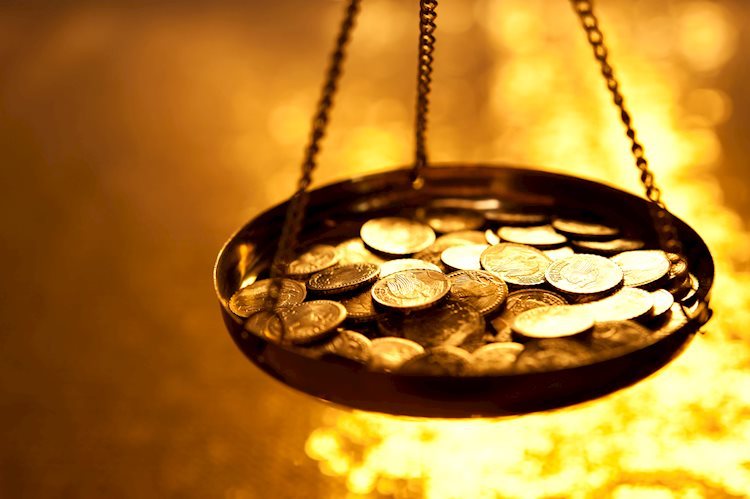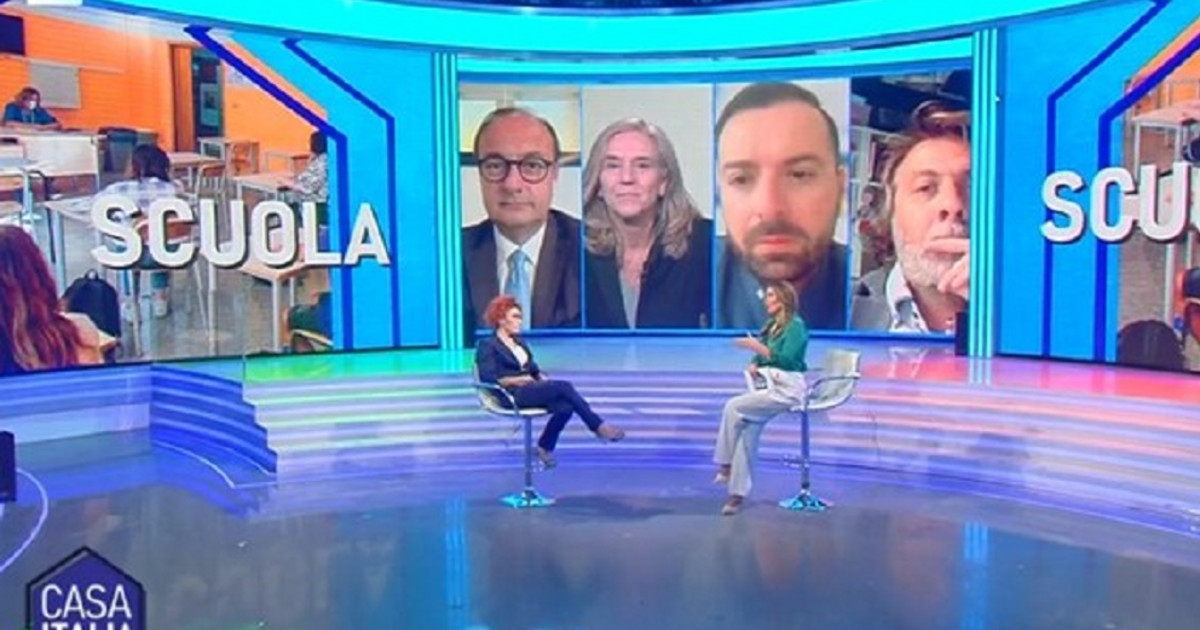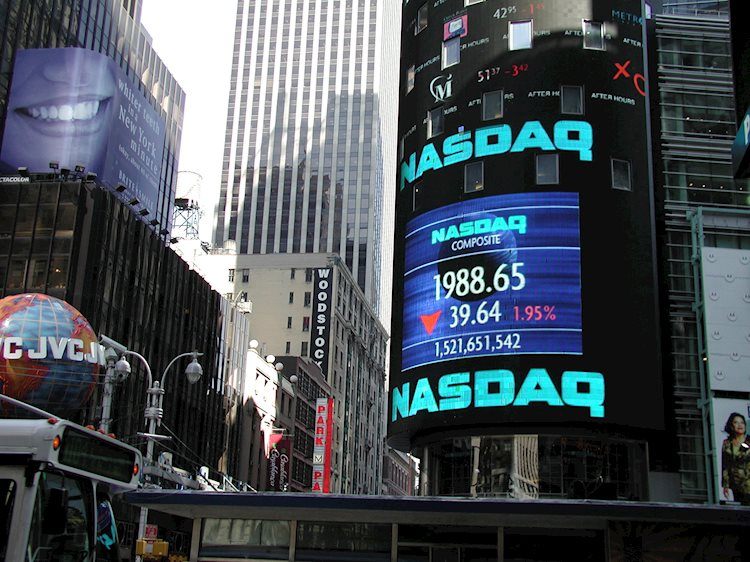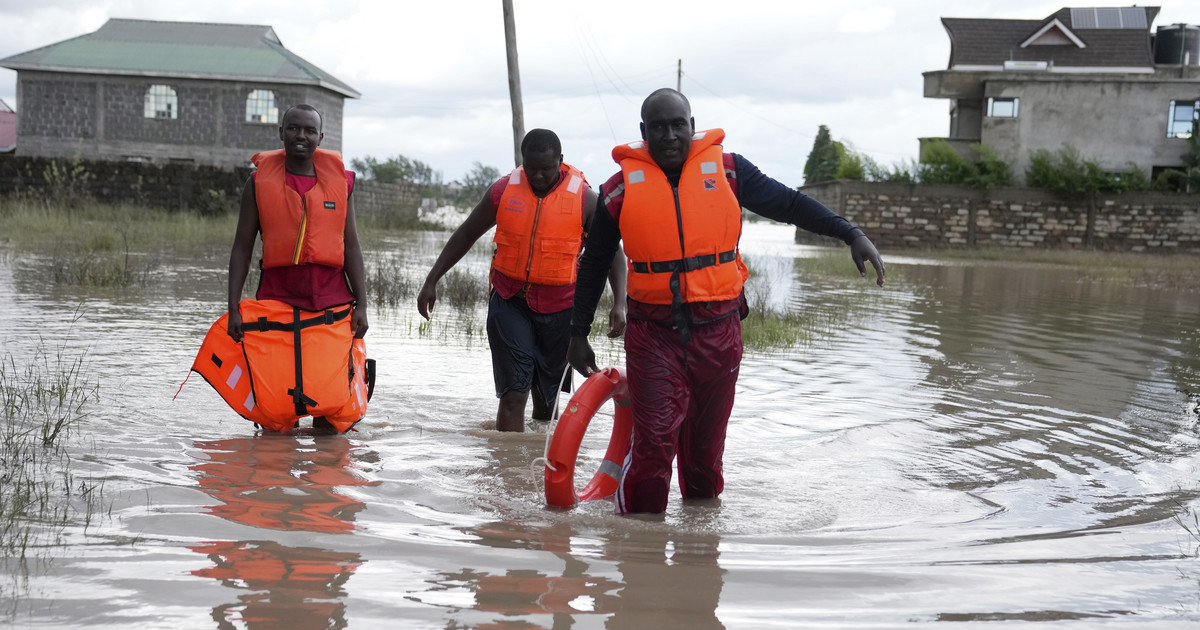President Vladimir Putin is ready to sign agreements this Friday (30) that will annex thousands of square kilometers of Ukrainian territory to Russia. It will be the biggest land grab in Europe since 1945.
The agreements will be signed at a ceremony in the Kremlin three days after hastily held referendums in the four areas of Ukraine that the Moscow government will now consider Russian territory.
Putin will deliver a speech and meet Russian leaders from the four occupied regions, according to the Kremlin.
Ukraine and its Western allies have categorically rejected the planned annexation of the four regions – Donetsk, Luhansk and much of Kherson and Zaporizhzhia, a Ukrainian swath that contains heavy industry, fertile agricultural land and a key freshwater channel to Crimea.
Donetsk and Luhansk are home to two breakaway republics that Moscow has supported since 2014, while Kherson and parts of Zaporizhzhia have been controlled by Russian forces since the first weeks after the invasion in late February.
Ukrainian President Volodymyr Zelensky has said that if the Kremlin proceeds with the annexation, any negotiations with Putin will be impossible.
In short, Russia intends to fly its flag over about 100,000 square kilometers of Ukrainian territory, in a flagrant violation of international law and after votes classified as null and void by the vast majority of countries, including some friends of Russia, such as Serbia. .
While the international community rejects Russia’s plan almost in unison (with a few possible exceptions such as Syria and North Korea), the annexation changes the “facts on the ground” and diminishes the prospects of any negotiated agreement.
There is a huge difference between abandoning occupied land (as the Russians did in April, when they returned from much of northern Ukraine) and leaving areas that have been absorbed into the motherland formally and with ceremony – especially for a leader like Putin, obsessed with for a “Great Russia”.
Indeed, former Russian President Dmitry Medvedev said last week that once the so-called republics are integrated into the Russian Federation, “no future leader of Russia, no authority will be able to reverse these decisions.”
Once the Russian flag flies over these areas, they qualify for the same level of protection as any other part of Russia, said Sergey Lavrov, Russia’s foreign minister.
As expert and former Russian diplomat Alexander Baunov said at a Carnegie Fund for International Peace event last week, the Kremlin’s message to Ukraine’s allies is this: “You chose to fight us in Ukraine, now try to fight us.” in Russia itself or, to be precise, in what we call Russia”.
The second part of that message – enunciated in Putin’s speech announcing the partial mobilization of the country – is that any attack on what is considered Russian territory invites a full range of retaliation.
In 2020, Putin signed a decree updating Russia’s nuclear doctrine that allowed the use of nuclear weapons “in the event of aggression against the Russian Federation with the use of conventional weapons, when the very existence of the state is threatened.”
The definition of this threat is not exactly clear, but last week Putin issued even his most explicit warning: “the territorial integrity of our homeland, our independence and our freedom will be guaranteed, I emphasize again, with all means at our disposal”. our disposal. And those who try to blackmail us with nuclear weapons must know that the prevailing winds can turn in their direction.”
For most observers, such dire warnings are a desperate gamble. US officials said they did not believe Putin would resort to tactical nuclear weapons, although they could not rule out the possibility.
The threat is certainly “elevated” compared to the start of the year, as several sources told CNN on Wednesday. In recent months, the US has privately warned Russia not to take such a catastrophic step.
But so far, there are no signs that Russia is imminently planning its use and that the “overall assessment has not changed”, according to a source familiar with the intelligence services.
Putin may also be hoping that the annexation ceremonies of new territory will strengthen public opinion around his goals, after a week of complaints and protests over the poorly executed partial mobilization of reservists.
The Russian president got stratospheric approvals after annexing Crimea following a “referendum” in 2014, but a lot has changed since then. Russia has been punished by sanctions (and the annexation process will bring more action) and has suffered at least 70,000 casualties in Ukraine, according to US and NATO figures.
Anatol Lieven, director of the Eurasia Program at the Quincy Institute, told CNN last week that Putin’s real objective is “to persuade the US and/or Europeans to have serious difficulties in negotiating a compromise agreement to end the war, showing that, on the contrary, Russia will take radically escalating measures, which will not they will only force the West to raise the tone in turn, but they will also exclude any possible peace for a long time to come.”
If that is the case, Putin may be disappointed. There are no signs that Ukraine or Western governments are fearing such a warning. The US has just announced another batch of high-tech weaponry to Ukraine, including more Himaris long-range artillery systems, which have transformed the battlefield.
In addition, Ukrainian forces, far from thinking twice about the increased risk of attacking areas now considered by Moscow to be theirs, are speeding up an offensive in the Donetsk region. Pro-Russian forces in and around Lyman City are on the verge of being surrounded.
If they are forced to hand over territory in the heart of Donbas (which will be considered Russian land in the Kremlin in the coming days) it will bring an early test of Putin’s newly drawn red line.
Ulrich Speck, an analyst at Carnegie Fund and RFE (Radio Free Europe), tweeted on Thursday (29): “If there are no clearly delineated borders, the threat to defend ‘Russian borders’ in Ukraine even with nuclear weapons quickly loses credibility and becomes irrelevant to the struggle”.
Jon Wolfsthal, a former arms control official in the Obama administration, tweeted: “Putin has given us a choice: accept the redrawing of borders through force and avoid nuclear threats (for now) or reject fictitious referendums and help Ukraine to preserve itself and accept the concept of the nation-state and the nuclear risks”.
Source: CNN Brasil
I’m James Harper, a highly experienced and accomplished news writer for World Stock Market. I have been writing in the Politics section of the website for over five years, providing readers with up-to-date and insightful information about current events in politics. My work is widely read and respected by many industry professionals as well as laymen.






